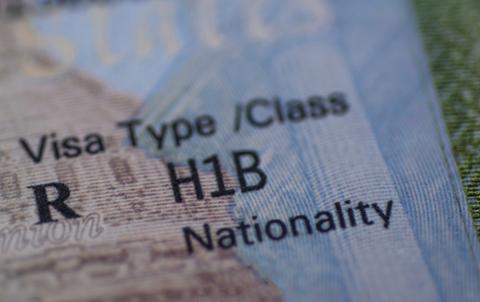A majority of employers expect their foreign-national headcount to increase or stay the same over the next 12 months, according to a new report on immigration trends from Envoy Global, an immigration-services provider that conducted a wide-ranging survey with The Harris Poll.
Specifically, 18 percent of employers said they would “significantly increase” that foreign-national headcount, followed by 35 percent who said they would “somewhat increase” it, and 32 percent who indicated that it would remain the same. A majority also said that their desired foreign talent was already in the United States, with 57 percent recruiting from U.S.-based universities.
Some 38 percent of companies are engaging in “immigration work” in order to secure foreign talent for high-skilled positions (such as technology jobs), eclipsing the 12 percent who are filling non-highly-skilled positions; another 40 percent are going through the process in order to secure a “more diverse workforce.”
Over the past few years, the federal government has systematically denied more and more H-1B visas, which many companies use to bring technologists into the U.S. from overseas. In addition, U.S. Citizenship and Immigration Services (USCIS) has pushed to end the H-4 EAD, which allows the spouses of H-1B visa holders to work, although that battle has been tied up in court. That has impacted not only technology companies, but also business-services and outsourcing firms that make lots of money by contracting “consultants” to other firms.
Some 38 percent of respondents to Envoy Global’s survey said that the visa application process had become more difficult, while 45 percent indicated that it had stayed somewhat the same; only 16 percent suggested that things have become easier. As you might expect, the uncertainty of outcomes has become the biggest pain point (41 percent) ahead of the aforementioned rise in application denials (38 percent) and lack of transparency in the process (34 percent).
The sample size for the survey was pretty small—some 433 HR professionals and hiring managers participated, hailing from a range of industries. Nonetheless, their answers provide some hints into how companies are dealing with immigration at this juncture.
Within tech, the rising denial rates hasn’t stopped business-services, consulting, and tech firms from trying to collect as many H-1B workers as possible. A recent analysis of data from the H-1B Salary Database shows that the average salary for those with an H-1B is pretty high in tech hubs such as New York and San Francisco:
Tech isn’t the only industry on the hunt for H-1B approvals, of course; some of the highest-paid visa holders are in the medical industry. For example, interventional cardiologists on the H-1B visa make an average salary of $423,052 (there were 266 filings for that position in 2019) while H-1B gastroenterologists pull down $403,504 (267 filings last year).
In any case, as we approach the opening of yet another H-1B filing season, it seems that employers are continuing to look to immigration as a way to fulfill their desired headcount.



